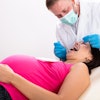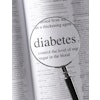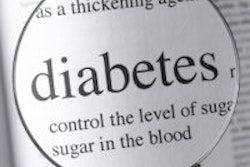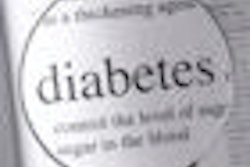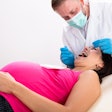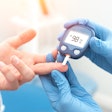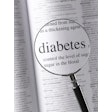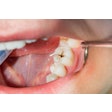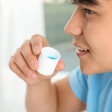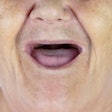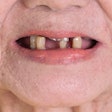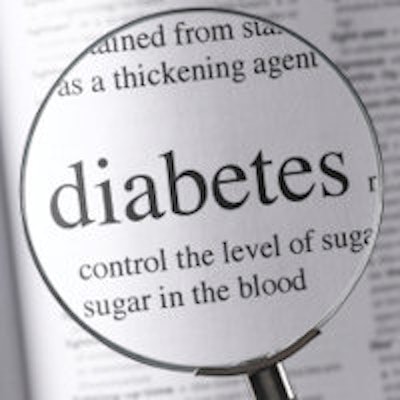
Gingival crevicular blood collected at the dental visit can be used to screen for diabetes and monitor glycemic control for many at-risk patients, according to a new study from New York University (NYU) in the American Journal of Public Health (February 25, 2015).
The study builds on an earlier work in which the feasibility and acceptability to patients and dental providers of using oral blood to screen for diabetes during a routine dental exam was shown.
An estimated 8.1 million of the 29.1 million Americans living with diabetes are undiagnosed, and many who have diabetes have poor glycemic control. Given that each year many Americans visit a dental provider but not a primary care provider, dental visits may be an opportune site for diabetes screening and monitoring glucose control for many at-risk patients, according to the researchers.
“The dental visit could be a useful opportunity to conduct diabetes screening.”
In this latest study, researchers from NYU examined the potential for glycemic control monitoring and screening for diabetes in a dental setting. Study recruitment, participation, and data collection took place in the comprehensive care clinics at the NYU College of Dentistry from June 2013 to April 2014. The study included 408 adults with or at risk for diabetes and performed hemoglobin A1c (HbA1c) tests on dried blood samples of gingival crevicular blood and compared these with paired gold-standard HbA1c tests with dried finger-stick blood samples. They also examined differences in sociodemographics and diabetes-related risk and healthcare characteristics for three groups of at-risk patients.
Testing HbA1c is promoted by the American Diabetes Association (ADA) for diabetes diagnostic purposes and glycemic control monitoring.
The researchers found that half of the study sample had elevated HbA1c values in the combined prediabetes and diabetes ranges, with approximately one-fourth of those in the diabetes range.
They confirmed that using gingival crevicular blood for HbA1c testing produced values that were nearly identical to those obtained using finger-stick blood, with a correlation of 0.991 between the two blood samples of 408 dental patients.
"In light of findings from the study, the dental visit could be a useful opportunity to conduct diabetes screening among at-risk, undiagnosed patients -- an important first step in identifying those who need further testing to determine their diabetes status," said principal study investigator Shiela Strauss, PhD, associate professor of nursing and co-director of the statistics and data management core for the NYU College of Nursing and College of Dentistry.
While all persons at-risk for diabetes who were never diagnosed with the condition can potentially benefit from additional opportunities for diabetes screening, Strauss and her team found that participants who were at least 45 years old might especially benefit from diabetes screening at dental visits.
HbA1c testing at dental visits could also serve as an additional opportunity to determine the extent of glycemic control among those already diagnosed, the researchers noted.
"Our study has considerable public health significance, because we identify the value and importance of capitalizing on an opportunity at the dental visit to screen at-risk but as yet undiagnosed patients for diabetes (especially those 45 years or older) and to monitor glycemic control in those already diagnosed so as to enable them to maintain their health to the greatest extent possible," Strauss said.
